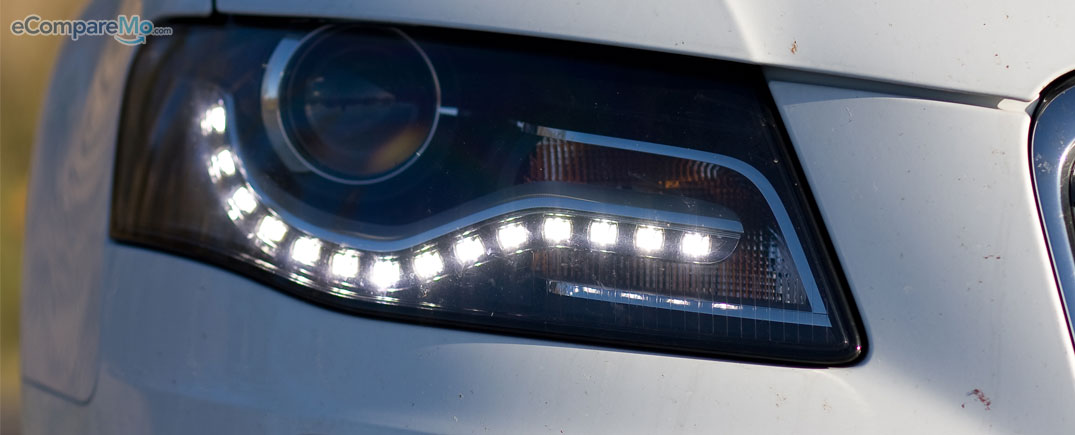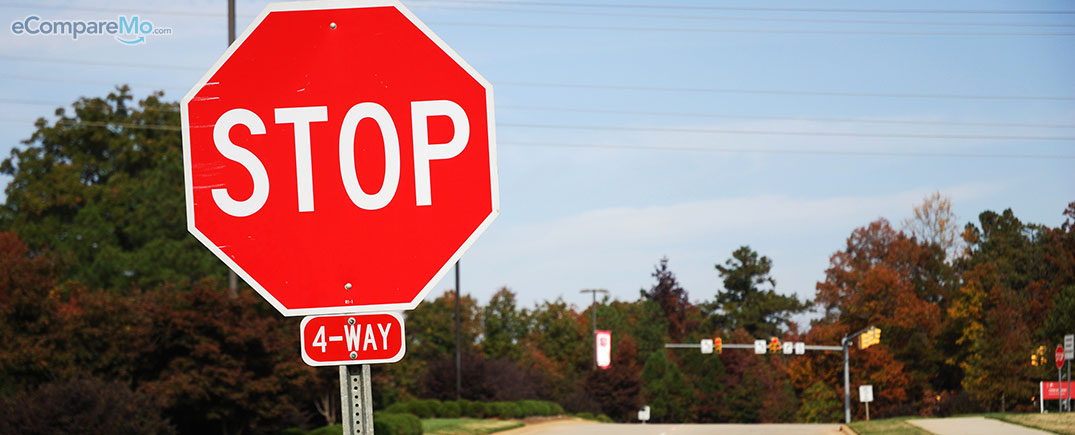8 Driving Practices From Around The World That Filipinos Should Adopt Now
5 min read
Last year, the Philippines made it again to the global headlines: Manila has been ranked as the worst place on earth to drive, according to a survey conducted by traffic navigation app Waze. While Filipinos may have a reputation of being among the most horrible drivers in the world—coupled with dreary road conditions, traffic engineering lapses, and under-implemented laws—we can greatly improve our streets and thoroughfares if we get rid of some old nasty driving habits.
For starters, we can start by observing these commendable driving practices and laws from around the world and adopt them into our own.
1. Make daytime running lights a requirement.
As seen in: Norway

Several countries in the world mandate their drivers to use daytime running lamps (DRL) regardless of the weather or road condition. With this practice, road visibility is drastically increased and accidents are prevented. While a lot of countries have been using it for years, Norway has been one of the most stringent in implementing the use of DRLs. Since the Scandinavian country implemented the law in 1980, multiple vehicular accidents have decreased by 10% in a span of merely a decade.
2. Use decals to remind yourself and others of your speed limit on highways.
As seen in: Germany
Germany’s 13,000-kilometer long Autobahn network is globally known as a paradise to drivers from all around the world because of its relaxed speed limit rules and removal of restrictions on most traffic laws. However, the truth is that the government imposes an advisory speed limit of 130 kph for cars and motorcycles and 80 kph for trucks and buses, which holds over-speeding drivers accountable in case of accidents. Some vehicles, depending on their certain characteristics are exempted from these, though they ought to indicate their designated speed limits through a decal placed on the back of their units.
3. Drivers need to have reflective vests with them at all times.
As seen in: Italy

Owning a reflective vest and keeping it in an accessible place inside the vehicle is a must for drivers in some European countries. In Italy, harsh penalties are given to those who forget to use their safety jacket, along with the reflective triangle, in case of a road emergency. In fact, traffic enforcers in the country conduct random spot checks for vests, ensuring that drivers have one with them at all times. Failure to use these vests due to negligence will result in steep fines.
4. No unnecessary flashing of headlights.
As seen in: New South Wales, Australia
People in the Philippines flash their headlights for a lot of reasons: to warn intersecting traffic of their approach, to thank a driver that gives way, and so much more. However, doing a headlight flash in New South Wales when you’re not law enforcement is not only frowned upon, it can also land you in jail. The only times doing this is acceptable if you’re a regular citizen is either in times of emergency or sudden overtake.
5. The “first to stop, first to go†rule has to be observed at intersections.
As seen in: USA

Famously practiced at intersections inside Subic Bay Freeport Zone, this traffic rule was actually imparted by American forces before they left the base in 1991. It offers a very practical solution to the gitgitan and “nice guys finish last†method Filipinos are used to: The first vehicle that stops at the intersection, goes through the intersection first. In case this base rule doesn’t apply, or when two vehicles arrive at the intersection at the same time, the vehicle on the right gets to go first. When you come face to face with a vehicle that’s going straight, and you’re going left, you give way to the other vehicle. And in dire cases where the algorithm confuses you, you can simply let everyone go ahead. It’s the safest thing to do, after all.
6. A dashcam can save your life in more ways than you can imagine.
As seen in: Russia
Russian dashcam videos catch the most bizarre road events: a 10-ton meteor crashing, insane near misses, and bouts between angry drivers. While people think the Russians use dashcams for these reasons, the truth is that it’s a means to prevent false accusations and be in possession of solid evidence for faster car insurance claims. Since verbal arguments may not reach a logical conclusion, an unbiased evidence in the form of a video will settle all disputes in no time. Welcome to the digital age.
7. Pedestrian is absolute king.
As seen in: Switzerland
A common knowledge, but nowhere is it more strictly followed than in Switzerland. According to the country’s traffic laws, pedestrians have an absolute right of way, especially those on zebra crossings not controlled by traffic lights. With this law, no laws in the future can impede this right and drivers must respect this at all times, unless they want the full force of the law coming down on them.
8. If someone gives way, turn on your hazard lights for a few seconds to say thank you.
As seen in: Japan
There are many ways people say thank you on the road. While some people wave their hands on the left side, others make two short honks to show their appreciation for giving way. Unfortunately, these two are inappropriate since waving means letting go of the steering wheel even for a moment and the car horn is only meant to be used in emergencies. For Japanese drivers, turning on your hazard lights for a second or two is their way of saying thank you behind the wheel. They call it the “thank you hazardâ€â€”a simple way of keeping the other driver’s head cool, casually preventing him from going full Tokyo Drift on you. –Dino Mari Testa
